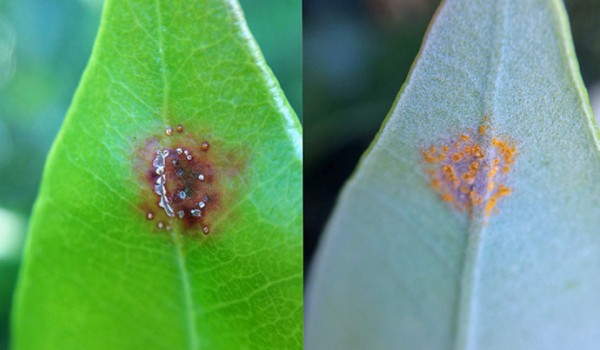Waikato Regional Council news
The discovery of myrtle rust infecting two mature trees in Ōtorohanga has prompted a reminder from Waikato Regional Council for sightings of the disease to be reported.
The Ministry for Primary Industries (MPI) briefed the regional council on the new finds and its planned response overnight.
“We’ve been told the fungus has likely arrived in Ōtorohanga on the wind,” said Patrick Whaley, the regional council’s integrated catchment services manager.

“With so many treasured myrtle species in our region it’s really worrying to have this disease confirmed, so we’ve offered for our biosecurity officers to work closely with MPI to help as directed,” he said.
He said myrtle rust symptoms will have been dormant over winter. “So with the arrival of spring it’s the right time for our communities to be on the lookout again for myrtle rust, as its symptoms will be more obvious.
“It’s also important that anyone who planted myrtle species in autumn and winter starts checking them for signs of myrtle rust as the weather warms up,” he said.
Myrtle rust appears as bright yellow and powdery eruptions on the underside of the leaf if it’s a young infection, and then on both sides of the leaf if it’s a more mature infection. Other symptoms include brown/grey rust pustules on older lesions.
Anyone who spots what they think is myrtle rust should not touch or try to collect samples, but instead call MPI’s hotline on 0800 80 99 66.
Background
Myrtle rust is a fungal disease that affects plants in the myrtle family, such as pōhutukawa, mānuka, kānuka, guava, feijoa and eucalyptus. No country has successfully eradicated myrtle rust.
Myrtle rust spores are microscopic and can easily be spread across large distances by wind, or via insects, birds, people or machinery.
MPI is leading the national biosecurity response, with the support of the iwi, Department of Conservation, regional councils and many stakeholders.
